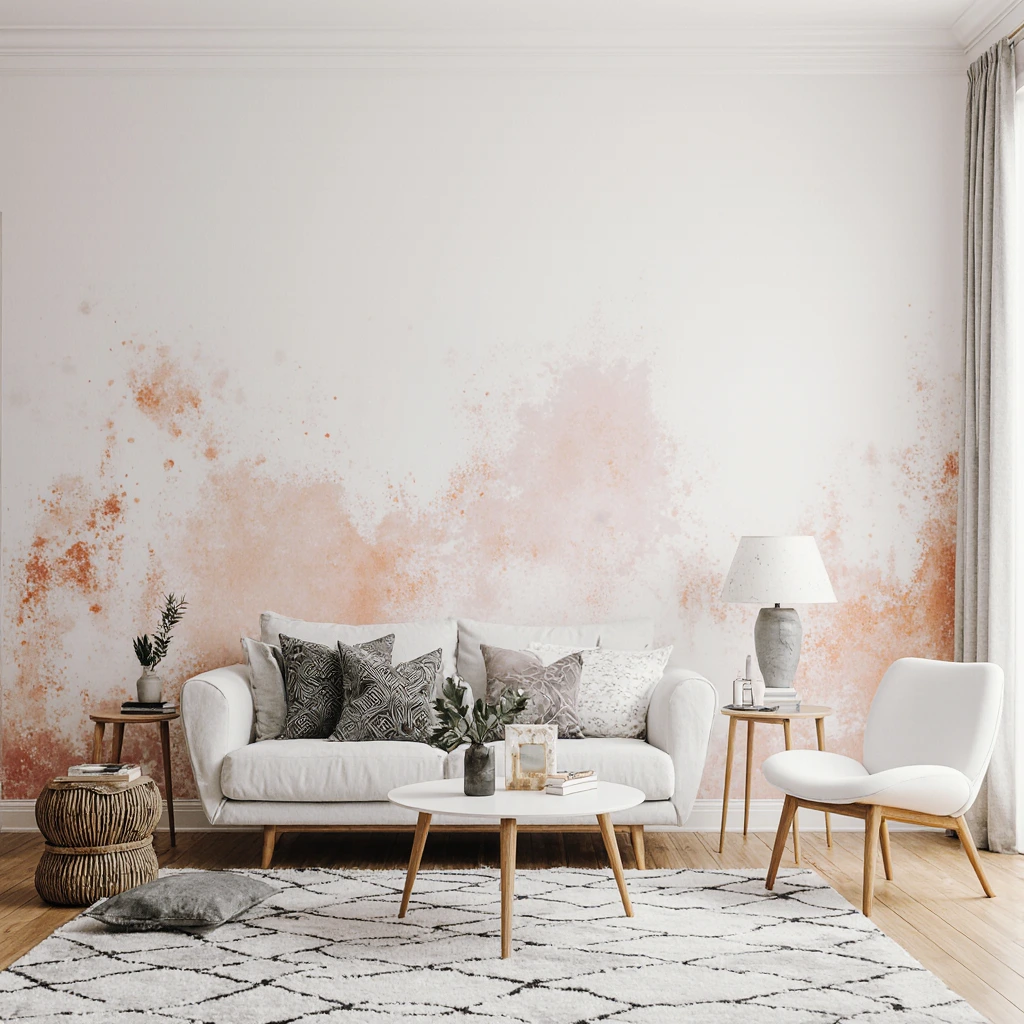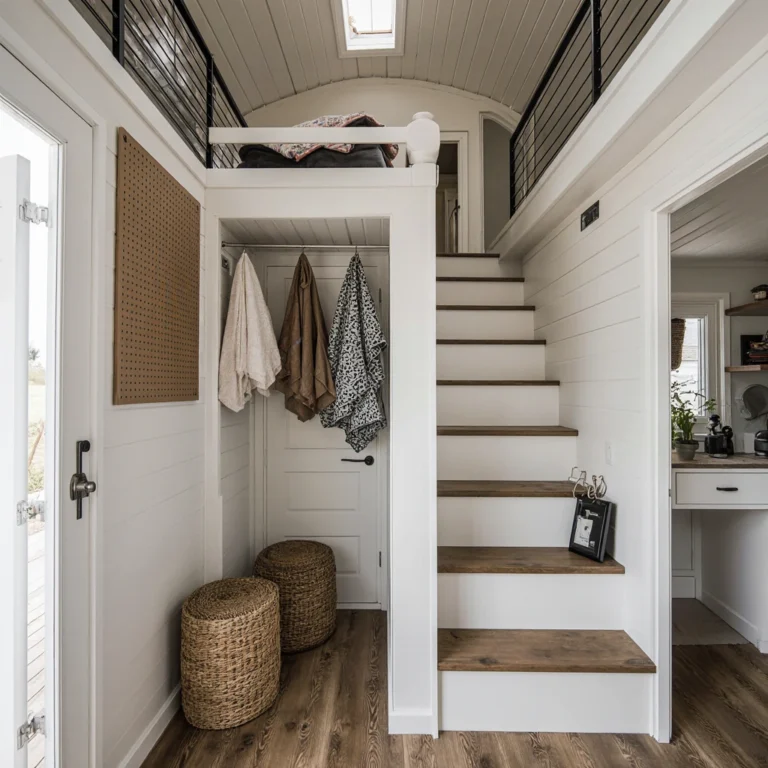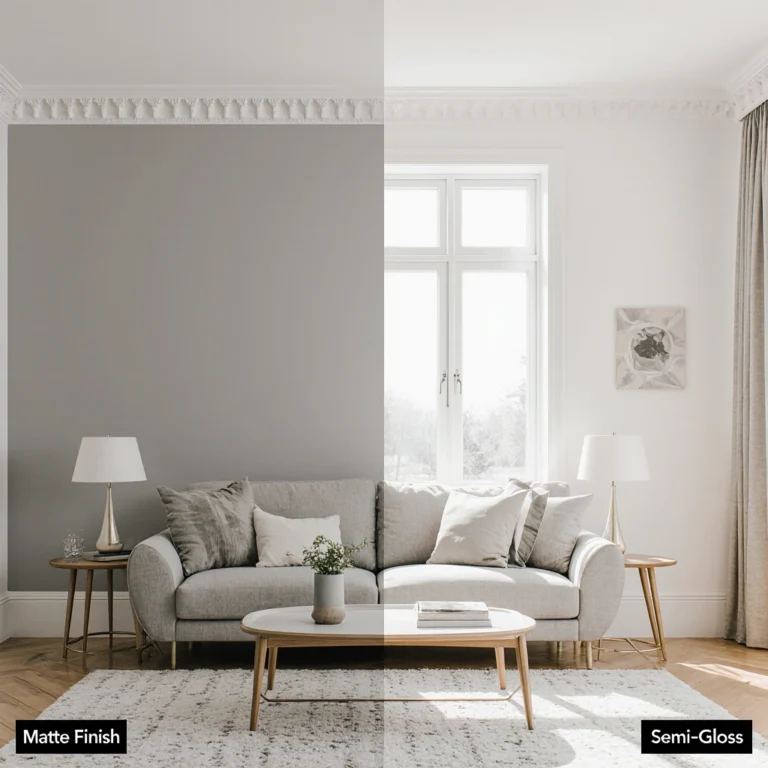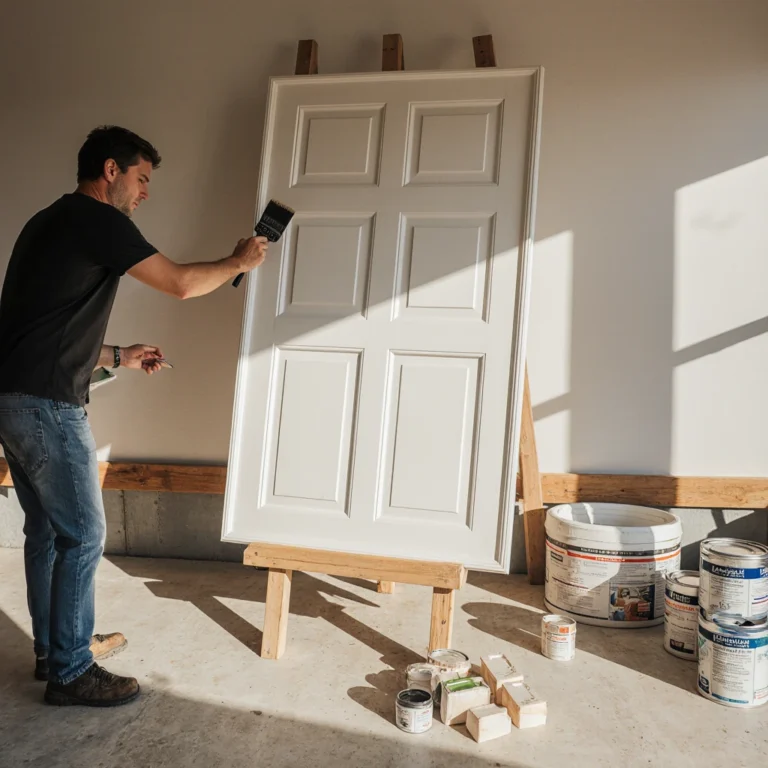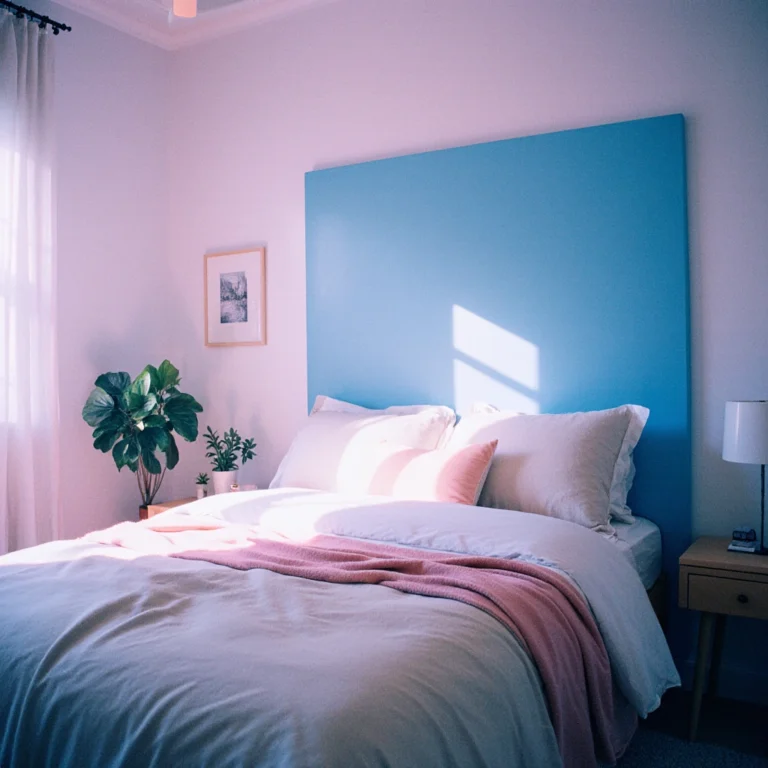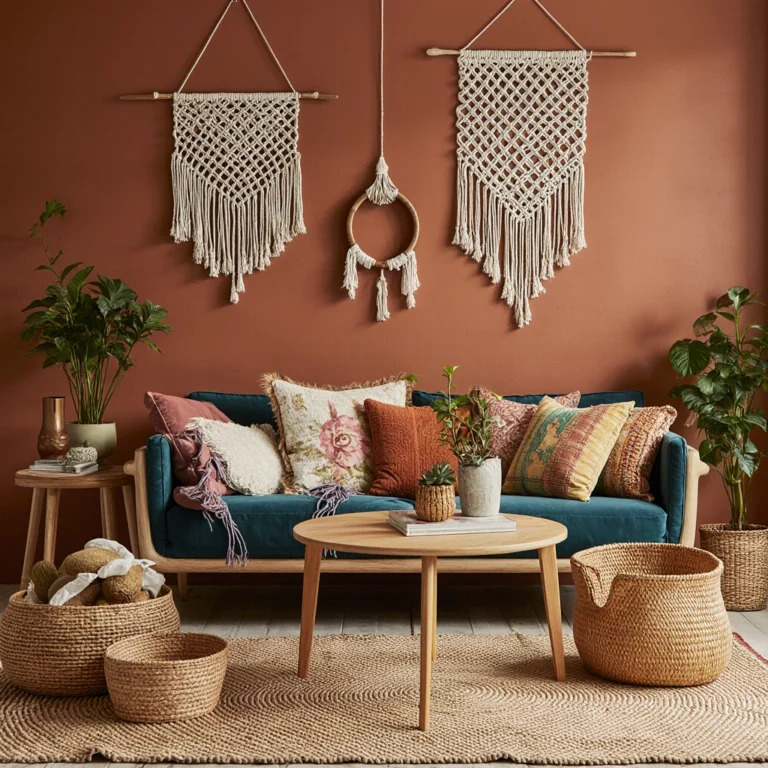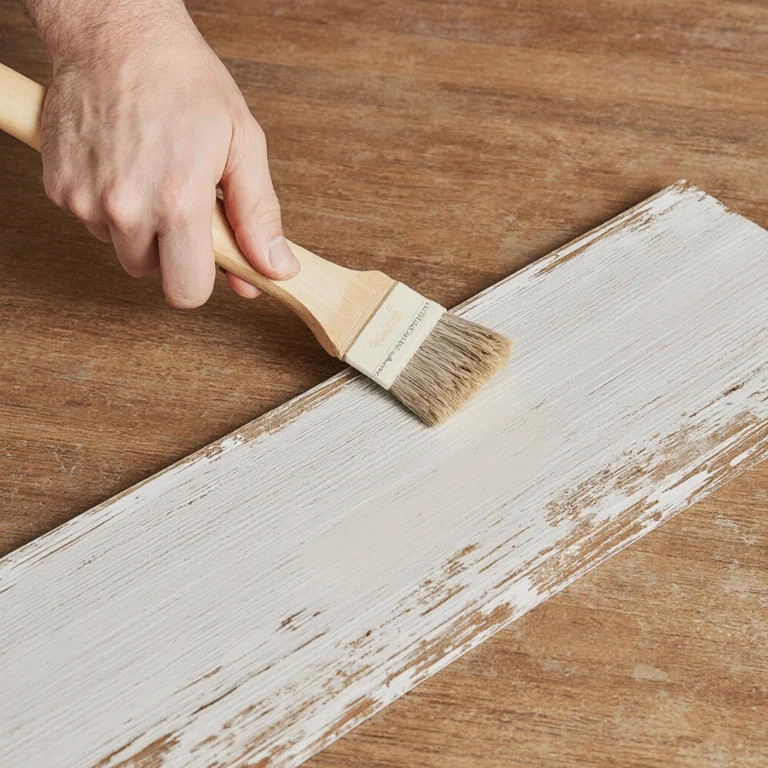The Ultimate Guide to Effective Wall Painting Ideas
Table of Contents
Looking for fresh wall painting ideas to give your home a fresh look? You’ve come to the right place. Whether you’re planning a complete room makeover or simply want to refresh a feature wall, choosing the right paint can transform your living space without breaking the bank.
From choosing the perfect color palette to mastering professional painting techniques, this comprehensive guide covers everything you need to know about interior wall painting. We’ll explore trending color combinations, share expert tips for different rooms, and help you avoid costly mistakes that could derail your project.
Types of Paint Finishes
Understanding paint finishes is crucial to achieving the look you want while ensuring durability. Each finish serves a different purpose and creates distinct visual effects.
A matte finish provides a sleek, non-reflective appearance, ideal for concealing wall imperfections. However, it is harder to clean and more susceptible to scratches, making it ideal for low-traffic areas such as bedrooms and formal dining rooms.
An eggshell finish offers a subtle sheen and better durability than matte. It is also easier to clean and minimizes surface imperfections, making it ideal for living rooms and hallways with moderate traffic.
A satin finish offers a smooth, pearlescent appearance with good washability. This versatile option is ideal for kitchens, bathrooms, and nurseries that require frequent cleaning.
A semi-gloss finish offers high durability and easy maintenance with a noticeable shine. It is ideal for trim work, doors, and high-humidity areas, although it highlights surface imperfections more than other finishes.
A glossy finish offers maximum durability and the highest level of shine. While easy to clean, it reveals all surface imperfections, making it best suited for furniture, floors, and areas that require frequent disinfection.
Best Paint Colors for Every Room
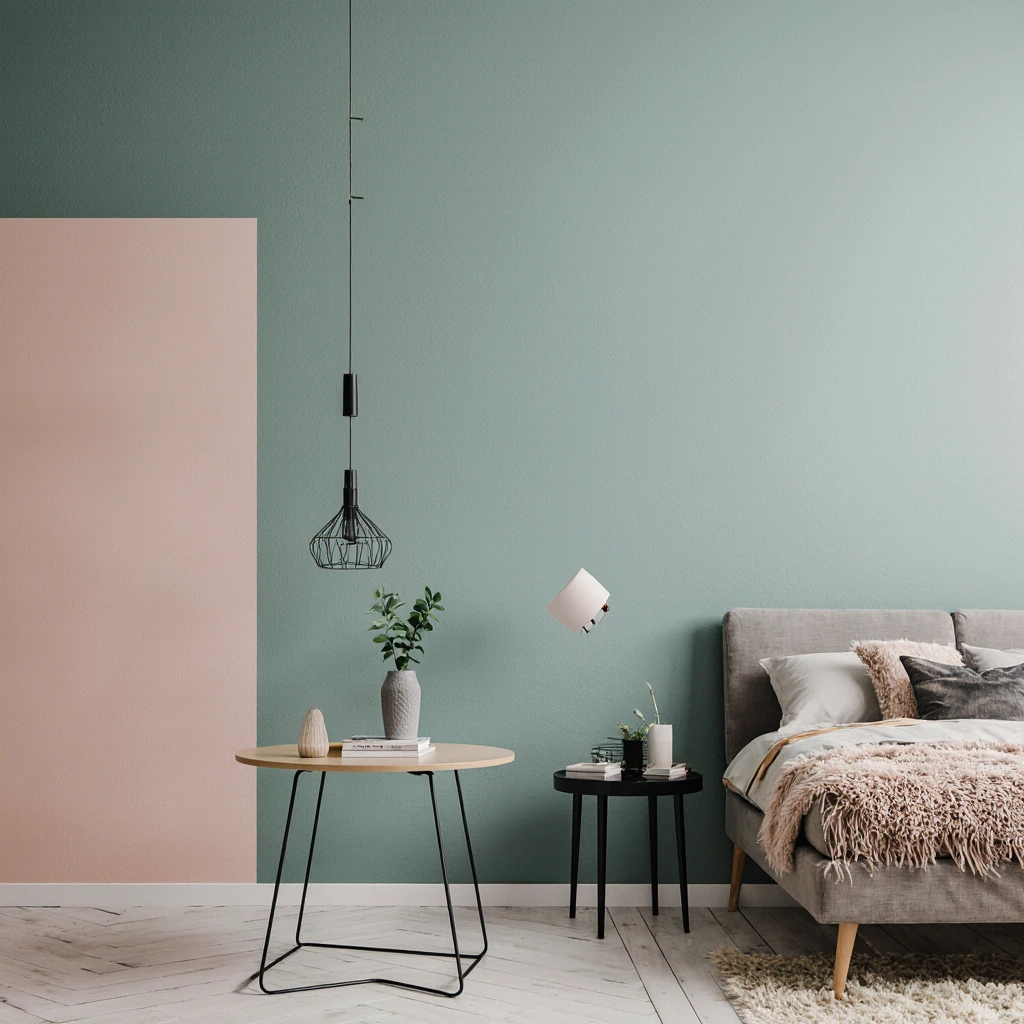
Choosing the right colors for each room requires an understanding of how different spaces work and the impact of color psychology on mood and perception.
Bedroom colors should promote relaxation and restful sleep. Calm blues, soothing greens, and warm neutrals like beige or light gray create a calming atmosphere. Avoid bright reds or loud oranges, which can be overly arousing. Try darker shades like navy or forest green for accent walls if you prefer bolder options.
Kitchen colors should balance warmth and cleanliness. Crisp whites and light grays remain popular for their timeless appeal, while sage greens and soft yellows add personality without overwhelming the space. Bold accent walls in shades of navy or charcoal can create great focal points behind open shelving.
Bathroom colors should exude a sense of freshness and warmth. Light blues, sea greens, and classic whites create a refreshing atmosphere. For bathrooms, don’t hesitate to experiment with bold colors like deep teal or rich burgundy to add a touch of luxury. Living room colors form the core of your home’s color scheme. Neutral colors, such as warm gray, soft taupe, and creamy white, allow for flexibility in changing the decor. Earthy tones, such as terracotta and gray-green, are popular for their connection to nature and their ability to create a warm atmosphere.
Paint Color Combinations and Styles
Creating harmonious color combinations requires understanding how different colors work together to achieve the desired aesthetic.
Neutral colors continue to dominate interior design trends. Combinations like warm white walls with hints of gray, or soft beige with hints of cream, form sophisticated foundations that complement any furniture style. These combinations enhance the value of the home and appeal to a wider audience.
Bold combinations are gaining increasing popularity among confident interior designers. Deep navy blue with hints of bright white exudes nautical elegance, while emerald green with gold accents creates a luxurious hotel atmosphere. Clay red and sage green color combinations reflect the earthy color trend popular in the American and European markets.
Pastel colors add a touch of sophistication without overwhelming spaces. Pale pink with soft gray adds a touch of romantic elegance, while pale yellow and light blue combinations add a cheerful vibrancy to a nursery or breakfast nook.
Seasonal inspiration can guide your color choices throughout the year. Spring palettes featuring soft pinks and fresh greens bring vibrancy to spaces, while autumn-inspired shades of deep orange and deep brown create a warm winter atmosphere.
Current trends show that Americans prefer warm, earthy colors that exude a cocoon-like comfort, while Europeans prefer cool, minimalist color palettes with strategic color accents.
DIY Painting Tips
Achieving professional results requires good preparation, high-quality tools, and proven techniques that transform beginners’ efforts into expert finishes.
Essential tools include high-quality brushes for precise work, premium paint rollers for smooth coverage, painter’s tape for clean lines, protective drop cloths, and a sturdy ladder for safety. Investing in better tools pays off in the final results and project efficiency.
Preparation steps determine the success of your project. Thoroughly clean the walls, fill holes and cracks with a suitable filler, sand rough areas to smooth them, and apply a primer when needed. Proper preparation prevents peeling, ensures even coverage, and prolongs the life of the paint.
Professional techniques make the difference between beginner and professional results. Use a “W” pattern when rolling walls for even coverage, keep edges wet to avoid overlapping marks, apply thin, even coats instead of thick ones, and remove the tape when the paint is slightly damp for clean lines.
Common application mistakes include overusing brushes or rollers, painting in direct sunlight, skipping primer when needed, and rushing between coats. Taking the time to choose the right technique prevents repainting costs and ensures long-lasting beauty.
Weather Considerations: These factors affect paint application and drying time. Ideal conditions include temperatures between 10 and 22 degrees Celsius with low humidity. Avoid painting during rain or extreme heat, as these conditions can cause poor adhesion, uneven drying, and defective finishes.
Detailed Budget Tips
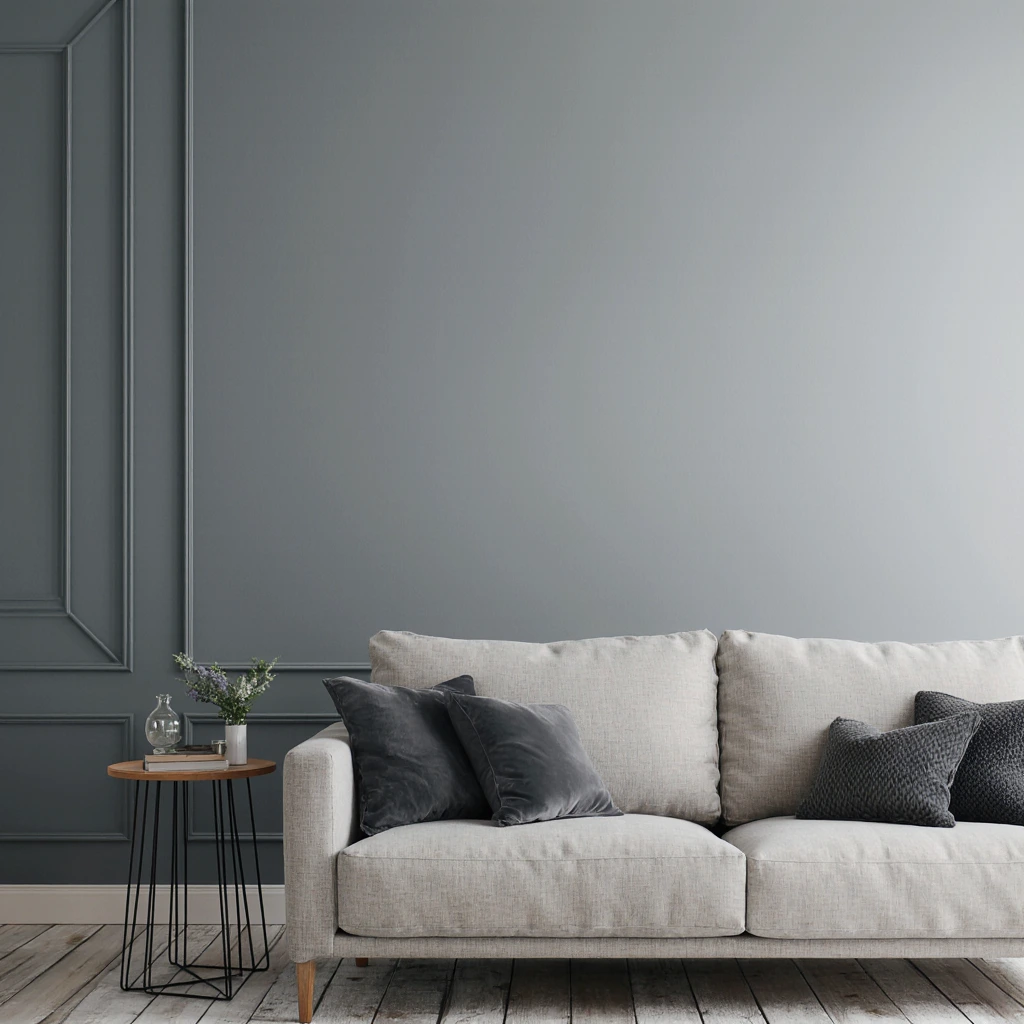
Understanding paint costs helps you plan effectively and identify opportunities to save money without compromising quality.
Room area estimates vary greatly based on paint quality and labor costs. A standard 12×12 bedroom typically costs between $200 and $400 for DIY projects or between $600 and $1,200 with professional painters. Larger spaces, such as living rooms, can cost between $300 and $600 for DIY projects or $800 and $1,600 with professional painters.
Investing in quality paint impacts both immediate costs and long-term value. Premium paints, priced between $50 and $70 per gallon, often offer better coverage, durability, and color retention than budget options priced between $25 and $35 per gallon, potentially saving money through reduced maintenance and repainting.
Money-saving strategies include purchasing paint during seasonal sales, purchasing paint shades from discount stores, using paint calculators to avoid overbuying, and doing the prep work yourself, even when hiring professionals.
Eco-friendly options, such as low- or no-VOC paints, may be more expensive initially, but they offer health benefits and are often eligible for green building incentives. Many manufacturers now offer sustainable options at competitive prices.
Paint scrap management reduces waste and saves money. Store unused paint properly for touch-ups, donate excess to community organizations, or mix similar colors to use as a base coat in cabinets or storage areas.
Paint Trends & Inspiration
Keeping up with the latest color trends helps create spaces that feel fresh and modern while maintaining a timeless appeal.
Color Trends for 2025 emphasize a connection to nature and personal well-being. Warm earth tones like terracotta, sage green, and mushroom gray dominate color trend forecasts. Digital influences bring unexpected touches of coral and violet blue to mainstream color palettes.
Social media influences heavily influence color choices, with platforms like Instagram and Pinterest contributing to the rapid adoption of these trends. Trending hashtags like #earthtone and #warmminimalism demonstrate how homeowners are interpreting professional design trends in personal spaces.
Regional preferences show interesting variations. Homes in the American Southwest embrace desert-inspired color palettes, while interiors in the Pacific Northwest favor forest greens and ocean blues. European trends favor sophisticated neutrals with bold pops of color.
Generational differences significantly influence color preferences. Millennials favor bold walls with mixed metallic accents, Gen Xers prefer subtle sophistication, and Gen Zers embrace exaggerated color combinations that reflect their authentic digital perspective.
The influence of celebrities and designers continues to shape the prevailing choices. High-profile home renovations and designer showcases on television and social media translate luxury trends into affordable options for everyday homeowners.
Common House Painting Mistakes
Avoiding these common mistakes saves you time, money, and frustration, while ensuring professional results.
Inadequate surface preparation causes most painting failures. Neglecting to clean, not repairing damage, or avoiding primer when necessary can lead to poor adhesion, uneven coverage, and premature peeling. Always ensure proper preparation.
Choosing the wrong paint for certain conditions can also cause problems. Using matte paint in high-traffic areas increases maintenance costs, while choosing the wrong primer for special surfaces like metal or previously painted glossy walls can cause adhesion problems.
Improper color planning can lead to disappointing results. Failing to test colors in different lighting conditions, not considering the function of a room, or choosing trendy colors without considering their long-term appeal can lead to expensive repainting costs.
Application mistakes include overusing paint, leaving overlap marks, and ignoring the manufacturer’s recommendations for drying times between coats. Following the right techniques and timing prevents visible defects and ensures durable finishes.
Budgeting Mistakes often derail projects. Underestimating material needs, ignoring preparation costs, or selecting quality levels that are not appropriate for specific applications can lead to budget overruns and compromised quality.
How to Maintain Painted Walls
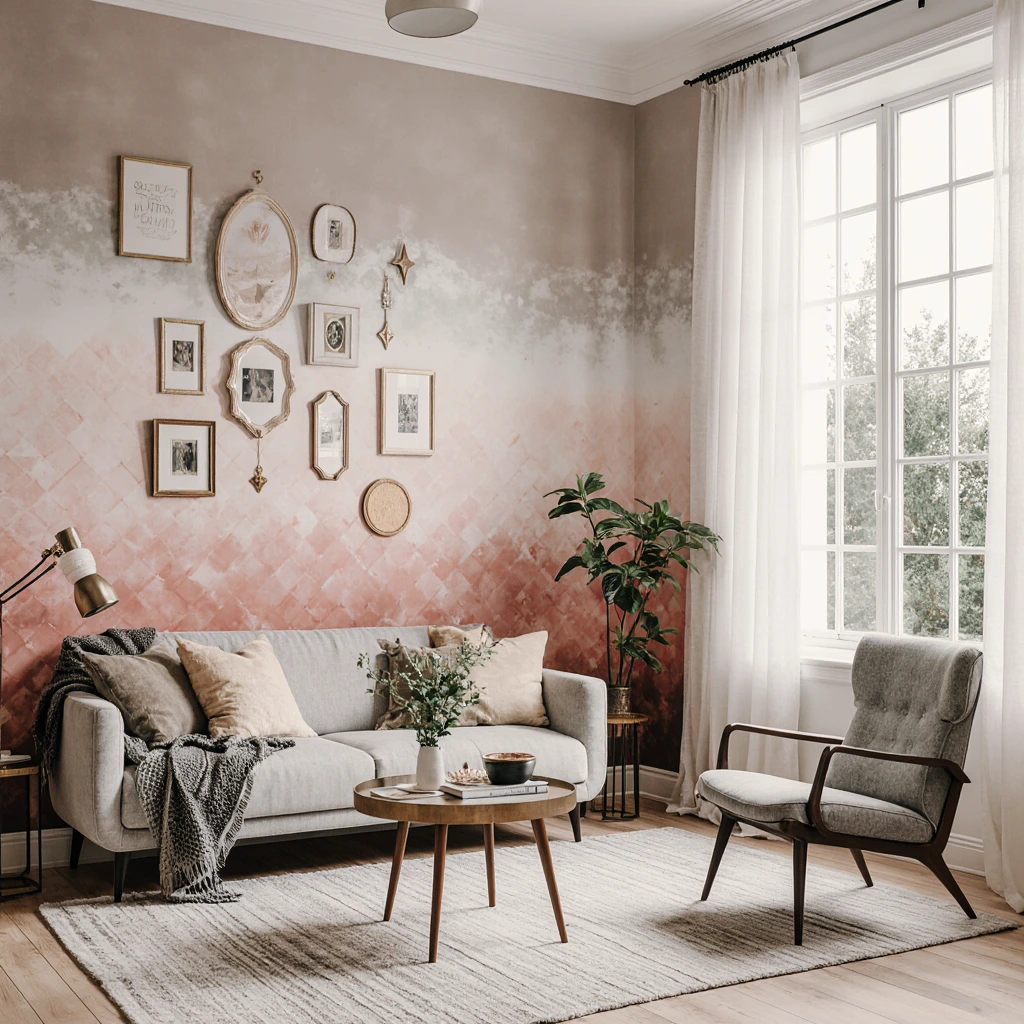
Proper maintenance prolongs the life of your paint and keeps your walls looking fresh between major renovations.
Regular cleaning routines maintain the quality and appearance of your paint. Clean walls monthly with a microfiber cloth, spot clean immediately with appropriate cleaners, and deep clean annually with a mild soap solution. Different finishes require specific cleaning methods for best results.
Touch-up strategies address minor damage before it becomes a major problem. Keep paint scraps in place, clean damaged areas before touch-ups, and use high-quality brushes to blend the paint smoothly, applying thin coats that blend with the existing texture.
Preventing Common Damage protects your investment. Use furniture cushions to prevent scratches, maintain proper humidity levels to prevent cracking, address water damage immediately, and protect high-traffic areas with appropriate paint finishes.
Professional maintenance services offer deep cleaning and restoration of precious painted surfaces. Annual professional cleaning can significantly extend the life of your paint, especially in luxury homes or commercial spaces.
Seasonal maintenance schedules help organize maintenance tasks effectively. Spring cleaning includes a thorough washing, summer focuses on checking for sun damage, fall addresses preparation for the heating season, and winter includes moisture monitoring and minor repairs.
Conclusion
Refreshing your home with thoughtful wall painting ideas doesn’t require professional expertise or unlimited budgets. By understanding paint finishes, choosing the right colors for each room, mastering basic application techniques, and avoiding common mistakes, you can achieve impressive results that enhance the beauty and value of your living space.
Remember, successful painting projects begin with careful planning, the use of quality materials, and good preparation. Whether you choose modern earthy tones, classic neutrals, or bold, eye-catching colors, the key is to choose options that reflect your personal style and meet the functional needs of your space.
Investing in high-quality paint and the right techniques results in long-lasting beauty, easy maintenance, and increased value for your home. Your walls are the backdrop for your most important moments, so make them worthy of your attention.
Try these paint ideas in your next home renovation and let us know how you did in the comments. Sign up for more home decor guides and exclusive tips from professional designers!
Best Amazon Picks :
FAQ
What is the best paint for bathrooms?
Semi-gloss or satin finishes are best for bathrooms due to their moisture resistance and ease of cleaning. Look for paints specifically designed for high-humidity environments, and always use a suitable primer on previously unpainted surfaces.
How long should the paint dry before applying another coat?
Most latex paints require two to four hours between coats under ideal conditions, while oil-based paints require six to eight hours. However, check the manufacturer’s recommendations and consider humidity, temperature, and ventilation when determining when to apply the next coat.
How do I choose a color that matches my furniture?
Start by determining the tones of your furniture—warm or cool—then choose wall colors. Use neutral colors that complement each other. Use the 60-30-10 rule: 60% neutral walls, 30% furniture colors, and 10% accent colors to achieve balanced harmony.
Can I paint dark walls without a primer?
While high-quality paints with built-in primers can cover dark colors with multiple coats, using a separate primer typically provides better coverage, more accurate color reproduction, and long-lasting durability. This method often saves money despite the extra step.
What is the most cost-effective way to repaint a room?
Focus on accent walls or strategic areas rather than entire rooms. Painting just one wall, updating trim colors, or repainting a ceiling can dramatically change the look of a space for much less than the cost of repainting the entire room.

